Do you have a question about the Gigabyte GA-H170-HD3 and is the answer not in the manual?
Safety and handling guidelines before installing hardware.
Step-by-step guide for CPU and cooler installation.
Instructions for installing RAM modules.
Pin definitions for ATX 12V and ATX power connectors.
Pin definitions for CPU_FAN and SYS_FAN headers.
Options for adjusting CPU core ratio, frequency, and uncore settings.
Settings for CPU performance boosts and power consumption limits.
Controls for CPU core enablement and power saving modes.
Settings for Intel Speed Step Technology and memory multiplier.
Detailed voltage adjustments for CPU, Chipset, and DRAM.
Monitoring of system voltages, temperatures, fan speeds, and warnings.
Options for controlling CPU and system fan speeds.
Sets the sequence for booting from various devices.
Configuration for boot support of various hardware devices.
Settings for system behavior after power loss and wake-up methods.
Configuration of power button behavior and power supply load settings.
Options to save changes, exit, or load default BIOS settings.
Overview of RAID levels and steps to configure SATA controllers for RAID.
Detailed steps for configuring UEFI RAID in BIOS for Windows 10/8.1.
Steps to configure a RAID array using the legacy RAID ROM utility.
| Non-ECC | Yes |
|---|---|
| Memory channels | Dual-channel |
| Memory slots type | DIMM |
| Number of memory slots | 4 |
| Supported memory types | DDR4-SDRAM |
| Supported memory clock speeds | 2133 MHz |
| Processor socket | LGA 1151 (Socket H4) |
| Processor manufacturer | Intel |
| Compatible processor series | Intel Celeron, Intel Pentium |
| USB 2.0 connectors | 2 |
| Thunderbolt headers | 1 |
| Number of SATA III connectors | 6 |
| Number of Parallel ATA connectors | - |
| USB 2.0 ports quantity | USB 2.0 ports have a data transmission speed of 480 Mbps, and are backwards compatible with USB 1.1 ports. You can connect all kinds of peripheral devices to them. |
| RAID levels | 0, 1, 5, 10 |
| Supported storage drive interfaces | M.2, SATA |
| Ethernet interface type | Gigabit Ethernet |
| Audio chip | Realtek ALC887 |
| Component for | PC |
| Motherboard chipset | Intel® H170 |
| Audio output channels | 7.1 channels |
| Motherboard form factor | ATX |
| On-board graphics card | No |
| Number of displays supported | 3 |
| Parallel processing technology support | 2-Way CrossFireX |
| BIOS type | UEFI |
| BIOS memory size | 128 Mbit |
| Depth | 199 mm |
|---|---|
| Width | 305 mm |
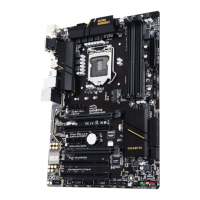
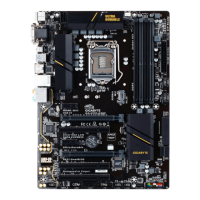
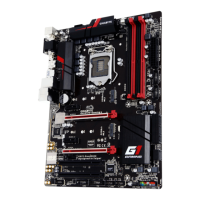
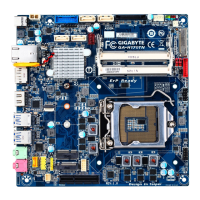
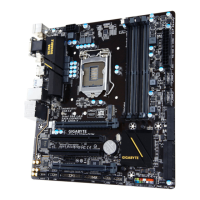
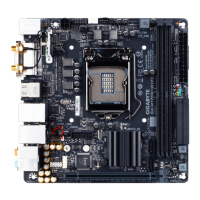
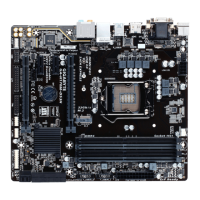
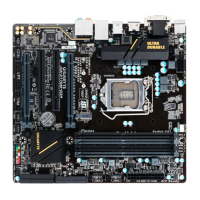
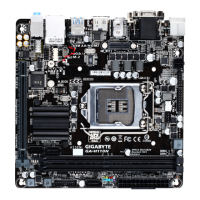
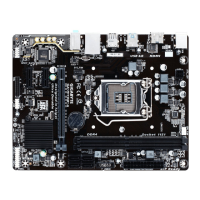

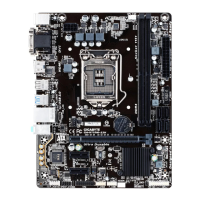
